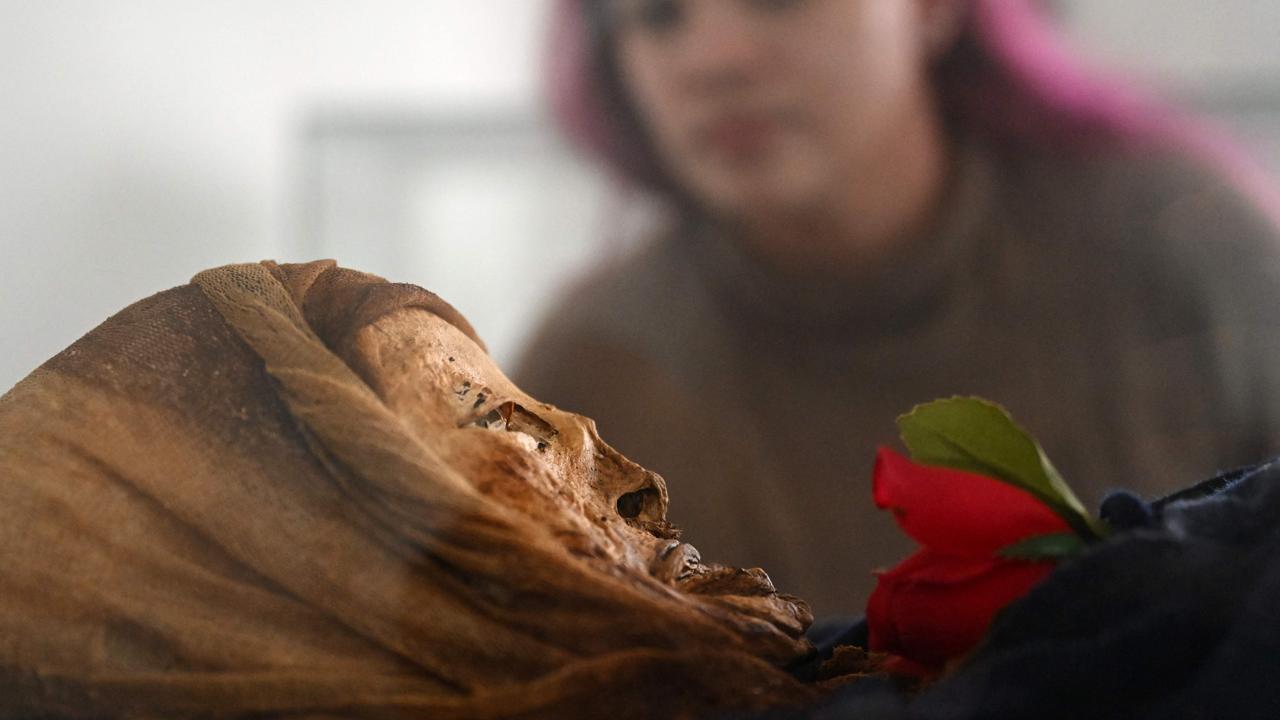Welcome to Rio, the poo-fect holiday spot for the World Cup
HUNDREDS of thousands of tourists will flock to Rio’s beaches next month for the World Cup. These shocking photos show why they may want to think twice about going for a swim.
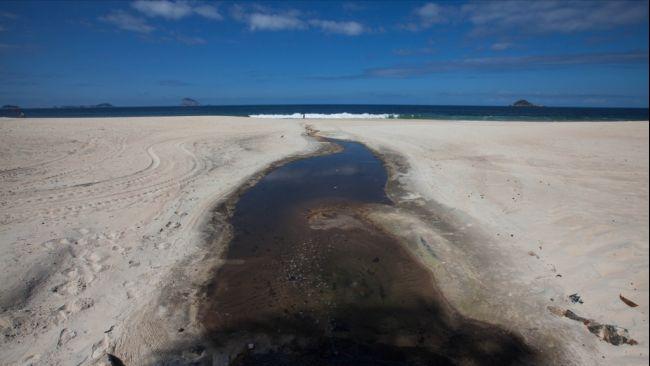
HUNDREDS of thousands of tourists will flock to Rio de Janeiro’s beaches next month for the World Cup.
But these photographs show why they may want to think twice about going for a swim at its world-famous beaches.
Taken by local photographer Eliseu Cavalcante for the website Rio Gringa, they reveal the true extent of the city’s ongoing sewage problem.
They show human excrement invading the city’s picturesque beaches, bays and rivers.
According to the Global Post, only approximately 40 per cent of Rio’s sewage is treated, and the rest ends up in the water.

Mario Moscatelli, a biologist who’s been monitoring Rio’s waterways, says Guanabara Bay is a particular problem. Along with human waste, between 80-100 tonnes of rubbish ends up in the bay each day.

“Not in my worst nightmares would I have imagined that the Brazilian authorities would have done this with the environment,” he said.
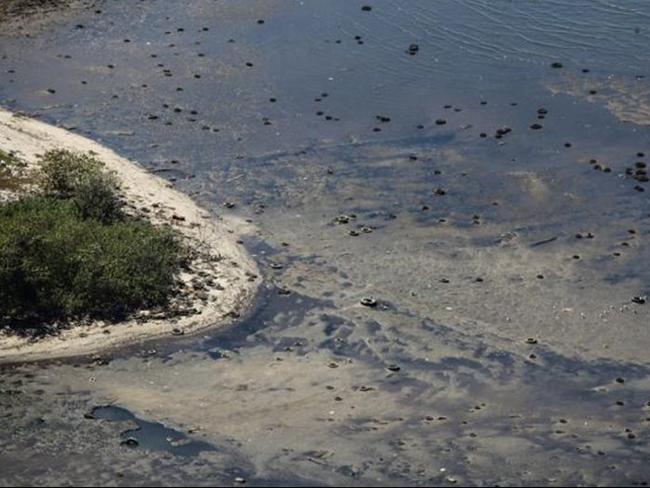
The government plans to clean up the bay in time for the 2016 Summer Olympics. But it’s a problem that has persisted for decades.
Even the wealthiest, tourist-friendly areas aren’t safe from the sewage invasion. Data from the State Institute of the Environment shows 12 locations in upscale areas such as Zona Sul have poor water quality and should be avoided by swimmers.

It’s a situation those living in favelas are, unfortunately, quite used to.
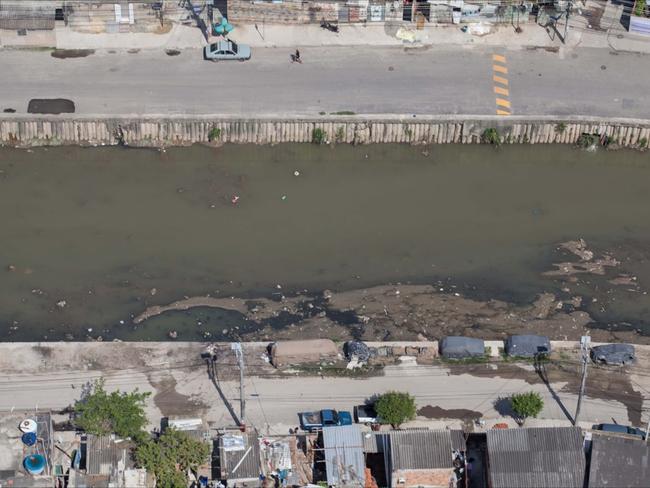
Raw sewage can cause diseases such as hepatitis A, gastrointestinal ailments and skin diseases. It also attracts rats and insects, which can transmit diseases such as leptospirosis, which can lead to kidney damage and meningitis.
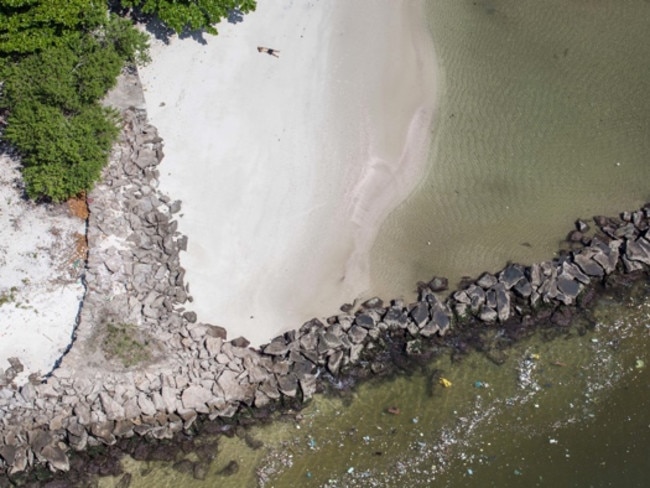
Around half of Brazil’s population of nearly 200 million lacks access to sanitation.
For more on the sewage problem in Rio visit the Global Post.
Rachel Glickhouse tweets at @Riogringa and blogs at www.riogringa.com.

